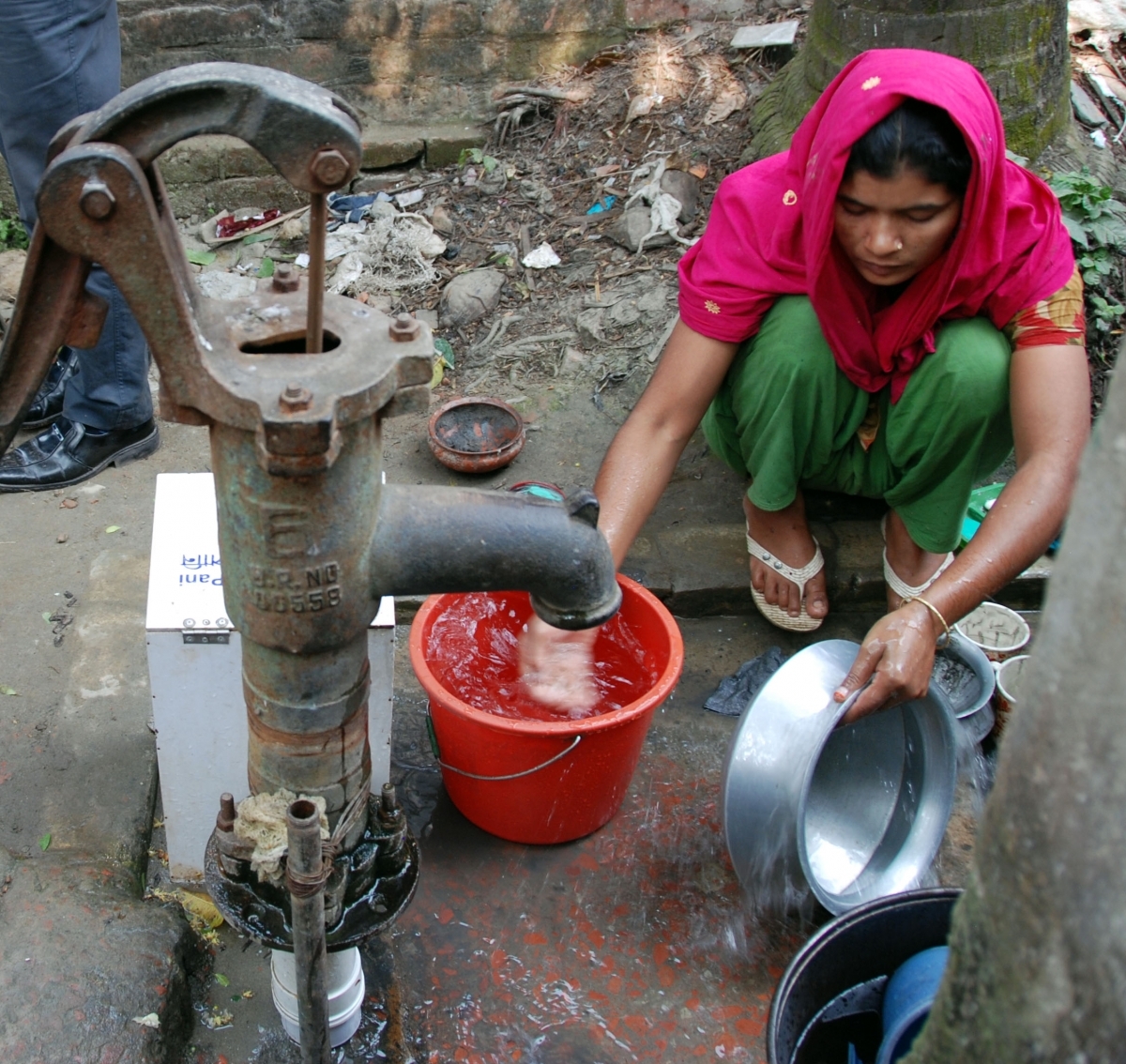Chlorine Disinfection Systems for Low Income Urban Areas in Bangladesh
Little work has been done to explore intermediate options between promoting household point-of-use (POU) water treatment technologies (treating drinking water in the home) and expensive city-wide networked water treatment (piped water to individual households). The project addresses this technology gap by developing and evaluating low-cost, in-line chlorination systems that can reduce contamination of drinking water in low-income areas of Dhaka, Bangladesh. This project is in collaboration with Dr. Steve Luby at the International Center for Diarrheal Diseases Research, Bangladesh (ICDDR'B) in Dhaka.
Current definitions of “access to improved water supply” are based on a technological standard, one that does not take into account the microbiological quality of water accessed by households. Thus, whereas some 800 million people are considered to be lacking access to “improved” water supplies, the number who lack access to safe water is likely to be much higher. The field of POU water treatment has emerged from the understanding that centralized water supply is prohibitively expensive for low-income country governments to build in the near future. At the same time, following several decades of implementation, evidence suggests that uptake and consistent use of POU products among households is limited. This project seeks to explore low-cost chlorinatin systems as an alternative.






